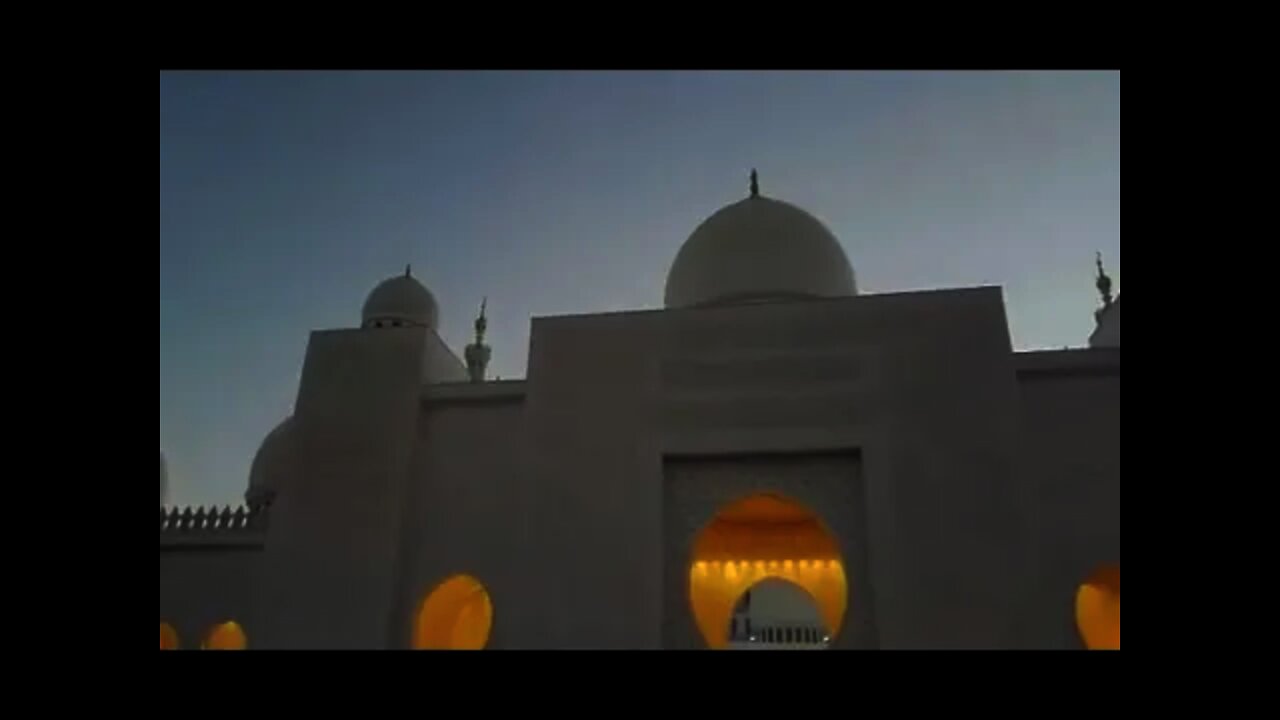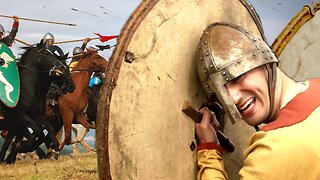Premium Only Content

Sheikh Zayed Grand Mosque UAE
The Grand Mosque was constructed between 1996 and 2007. The building complex measures approximately 290 by 420 m (950 by 1,380 ft), covering an area of more than 12 hectares (30 acres), excluding exterior landscaping and vehicle parking. The main axis of the building is rotated about 11° south of true west, aligning it in the direction of the Kaaba in Mecca, Saudi Arabia.
The project was launched by the late president of the United Arab Emirates (UAE), Sheikh Zayed bin Sultan Al Nahyan, who wanted to establish a structure that would unite the cultural diversity of the Islamic world with the historical and modern values of architecture and art. In 2004, Sheikh Zayed died and was buried in the courtyard of the mosque.
Sheikh Zayed Grand Mosque Center (SZGMC) offices are located in the west minarets. SZGMC manages the day-to-day operations and serves as a center of learning and discovery through its educational cultural activities and visitor programs. The library, located in the northeast minaret, serves the community with classic books and publications addressing a range of Islamic subjects: sciences, civilization, calligraphy, the arts, and coins, including some rare publications. The collection comprises material in a broad range of languages, including Arabic, English, French, Italian, Spanish, German, and Korean. For two years running, it was voted the world's second favorite landmark by TripAdvisor.
Design and construction
The mosque's architect Yusef Abdelki took inspiration from a number of sources: the Abu al-Abbas al-Mursi Mosque in Alexandria, designed by Mario Rossi in the 1920s the Badshahi Mosque in Lahore, Pakistan and other references of Persian, Mughal, and Indo-Islamic architecture. The dome layout and floorplan of the mosque was inspired by the Badshahi Mosque. Its archways are quintessentially Moorish, and its minarets classically Arab.
In a joint-venture between Italian contractors Impregilo and Rizzani de Eccher, more than 3,000 workers and 38 sub-contracting companies were conscripted in its construction. The mosque was completed under a second contract by a Joint Venture between ACC and Six Construct (part of Belgian company BESIX Group) between 2004 and 2007. Natural materials were chosen for much of its design and construction due to their long-lasting qualities, including marble stone, gold, semi-precious stones, crystals and ceramics. Artisans and materials came from many countries including India, Italy, Germany, Egypt, Turkey, Morocco, Pakistan, Malaysia, Iran, China, United Kingdom, New Zealand, North Macedonia and the UAE.
-
 1:17:59
1:17:59
Sarah Westall
11 hours agoDOGE: Crime & Hysteria bringing the Critics & the Fearful - Plus new CDC/Ukraine Crime w/ Dr Fleming
56.2K3 -
 45:39
45:39
Survive History
16 hours ago $9.19 earnedCould You Survive in the Shield Wall at the Battle of Hastings?
64.4K6 -
 1:50:28
1:50:28
TheDozenPodcast
15 hours agoViolence, Abuse, Jail, Reform: Michael Maisey
101K4 -
 23:01
23:01
Mrgunsngear
1 day ago $5.94 earnedWolfpack Armory AW15 MK5 AR-15 Review 🇺🇸
86.9K12 -
 25:59
25:59
TampaAerialMedia
1 day ago $3.75 earnedUpdate ANNA MARIA ISLAND 2025
55.2K4 -
 59:31
59:31
Squaring The Circle, A Randall Carlson Podcast
17 hours ago#039: How Politics & War, Art & Science Shape Our World; A Cultural Commentary From Randall Carlson
42.2K3 -
 13:21
13:21
Misha Petrov
17 hours agoThe CRINGIEST Thing I Have Ever Seen…
34.3K63 -
 11:45
11:45
BIG NEM
13 hours agoWe Blind Taste Tested the Best Jollof in Toronto 🇳🇬🇬🇭
24.5K1 -
 15:40
15:40
Fit'n Fire
17 hours ago $0.54 earnedArsenal SLR106f & LiteRaider AK Handguard from 1791 Industries
21.1K1 -
 8:34
8:34
Mike Rowe
6 days agoWhat You Didn't Hear At Pete's Confirmation Hearing | The Way I Heard It with Mike Rowe
56.9K23